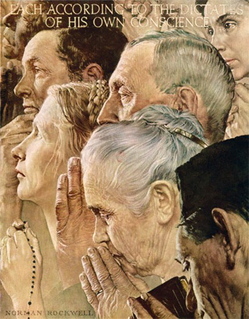Yep. According to Billboard, priests are boffo in Brazil:
According to year-end data reported by Brazil’s Association of Record Producers, Father Fabio de Melo’s 2009 “Iluminar” was the country’s top-selling album of 2009. It was an encore performance; de Melo’s debut album, “Vida,” was the top-selling album of 2008. This time around, the pop-star priest had three albums among the top 10 sellers of 2009.
Two other priests, longtime superstar Father Marcelo Rossi — who released Brazil’s second-best-selling album of 2008 — and newcomer Father Reginaldo Manzotti, had releases that placed among the country’s top 10 music DVDs of the year.
Brazil’s love affair with singing priests isn’t new; Rossi’s successful recording career goes back a decade. But the preponderance of religious men on the charts underscores the power of contemporary branding; all three telegenic priests have active websites, Facebook and Twitter accounts, and radio or TV shows.
Some hard-core believers might even think that the hand of God had an impact on sales. Brazil is one of the few countries whose physical sales rose in 2009, which is remarkable in a market where pirated product represents 48 percent of all music sold, according to 2007 figures from the International Federation of the Phonographic Industry.
“People don’t want to (buy pirated goods) when it deals with their religion,” says Leonardo Ganem, president of Som Livre, the indie label that releases de Melo’s and Manzotti’s albums.
The three singing priests have distinct styles. Manzotti is more religious and always performs in his robes, de Melo is more pop-driven and does shows outside the church, and Rossi performs both pop and spiritual fare as well as spoken word.
All three donate their recording proceeds to the church. And each is a charismatic performer who had an established following before signing a record deal.
Ganem signed de Melo three years ago, expecting sales of 50,000 copies of that first CD, “Vida.” Instead, he sold more than 1 million.
“These guys used to sing to a relatively small group of people, and when we put them on national television … they reached a whole other segment,” Ganem says, adding, “We found a huge (area) of music that was not explored.”
You can see the results for yourself in the video below, from 2007. That’s not Tom Jones. It’s Fr. de Melo.

